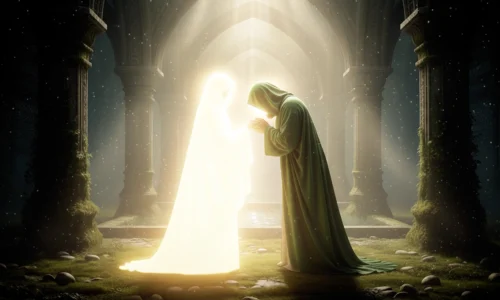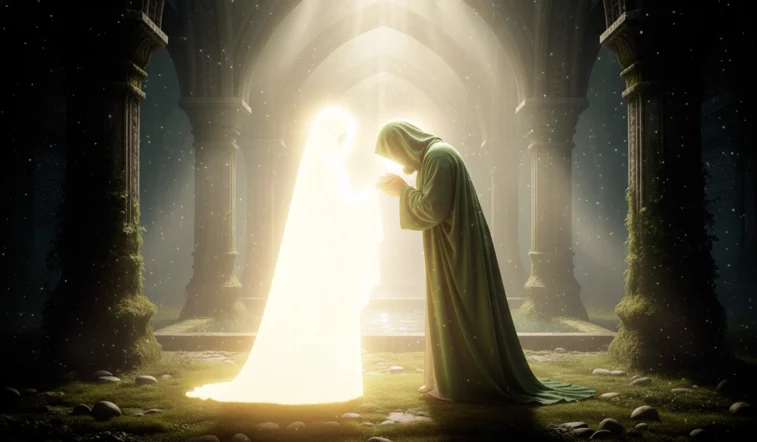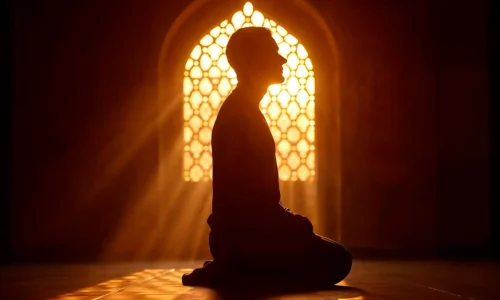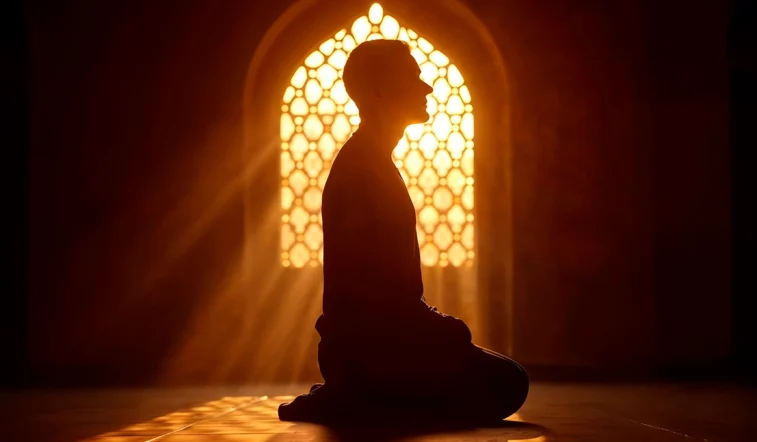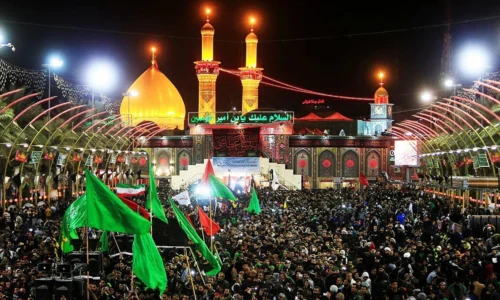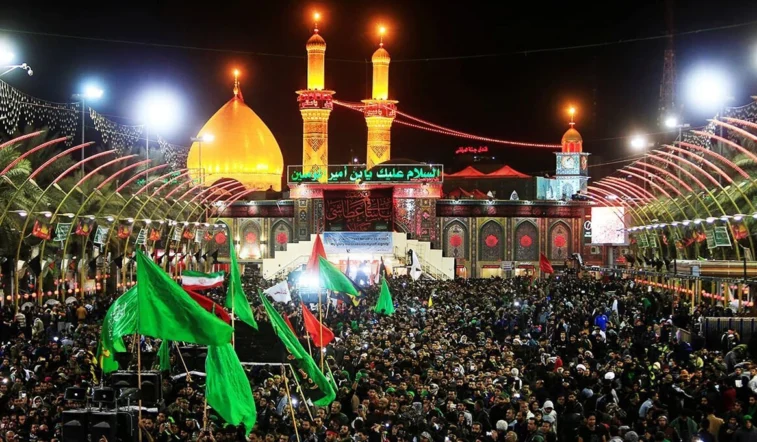The return of Imam Mahdi (peace be upon him) is a deeply rooted and vital belief in Islamic eschatology—particularly in Shia Islam, and to a significant extent in Sunni tradition as well. He is seen as a divinely guided leader who will appear in the end times to restore justice, eliminate oppression, and establish the truth. However, despite the hope and promise associated with his return, many people—both within and outside the Muslim world—harbor misconceptions about Imam Mahdi. These misunderstandings often result in fear, confusion, or even resistance.
This article explores why such misconceptions exist, how they distort the true meaning of his reappearance, and how a more accurate understanding can replace fear with hope.

1. Fear of Apocalyptic Chaos
Misconception: Imam Mahdi’s return will bring widespread war, destruction, and terrifying global upheaval.
Reality: While it is true that the Mahdi’s return will involve confronting injustice, the core of his mission is peace, not chaos. The upheavals that occur are not the purpose of his mission—they are the result of a corrupt world resisting divine truth. His goal is to end oppression, not to unleash it.
Imam Mahdi is a symbol of divine mercy and reform—not destruction. His emergence marks the beginning of peace, not the end of it.
2. Confusing Mahdi’s Role with Violent Movements
Misconception: Extremist groups or cults have falsely claimed Mahdist identity, leading some to associate the Mahdi concept with radicalism or violence.
Reality: The authentic belief in Imam Mahdi is rooted in divine justice, wisdom, and spiritual renewal, not fanaticism. Throughout history, certain individuals have falsely claimed to be the Mahdi or misused the concept for political agendas, but this should not taint the pure and noble truth of his role in Islam.
True belief in the Mahdi brings moral responsibility, humility, and justice—not extremism or blind rebellion.
3. Overly Mysterious or Supernatural Expectations
Misconception: Some believe the Mahdi will appear with purely supernatural powers, instantly transforming the world overnight in a mystical event that is beyond human comprehension.
Reality: While divine support will accompany him, Imam Mahdi’s reappearance is deeply connected to human participation. His leadership will involve building a just society through people’s active engagement. He represents divine leadership working through real-world action, ethical reform, and moral clarity.
Awaiting him is not about passivity—it is about preparing ourselves, our communities, and our hearts.
4. Anxiety About Change and Accountability
Misconception: The Mahdi’s arrival will bring strict judgment, and some fear they will be unworthy or condemned when he comes.
Reality: Imam Mahdi is not a figure of punishment, but of healing, guidance, and hope. His role is not to shame the believers but to lift them—to purify society, restore fairness, and lead with compassion. He is a gift of divine grace, not a source of fear for the sincere-hearted.
Those who strive to do good—even in difficult times—will find in the Mahdi a leader who understands and uplifts.
5. Misbelief That Waiting Means Inaction
Misconception: Belief in Imam Mahdi is just about waiting for a future savior without acting today.
Reality: Islam teaches “intidhar” (awaiting) as an active state of readiness. It means building a better world now—through justice, kindness, and integrity—so that we are worthy to support him when he comes. The Mahdi’s mission calls for daily action, not idle anticipation.
The best followers of the Mahdi are those already working for truth before he arrives.
The True Essence of Imam Mahdi’s Return
At its core, belief in Imam Mahdi is not something to be feared—it is a message of hope, especially for those weary of injustice, corruption, and oppression. His reappearance represents:
- The triumph of truth over falsehoo
- The end of oppression and exploitation
- The fulfillment of divine promises
- The empowerment of the humble and faithful
Understanding these truths can shift our focus from fear to inspiration, from dread to preparation, and from uncertainty to confidence in divine justice.
Conclusion: Turning Fear into Faith
Misconceptions about Imam Mahdi’s return have led many to respond with hesitation or even rejection. But these reactions are based on distorted narratives, not authentic theology. By studying the true, balanced teachings about the Mahdi, believers can embrace this belief as one of hope, empowerment, and divine mercy—not one of fear.
In times of confusion and darkness, the idea of a coming savior reminds us that justice will prevail, that truth still matters, and that each of us can be part of preparing the world for a better, more spiritual future.
“Awaiting the relief is itself a form of worship.”
~ Imam Ja’far al-Sadiq (a.s.)
